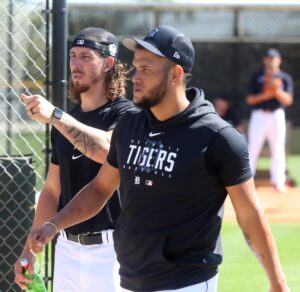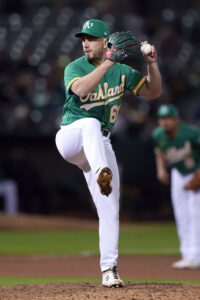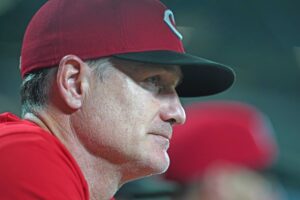Longtime Reds’ beat reporter John Fay has passed away at age 66. Fay covered the club for more than three decades while working for the Cincinnati Enquirer until retiring three years ago.
Reds’ CEO Bob Castellini released a statement this afternoon via the club’s Twitter account:
“We are saddened and heartbroken to hear about the passing of long-time Reds beat writer John Fay. John had a no-nonsense and direct approach to reporting on the club. He was a thoughtful writer with a good baseball mind and was always well-prepared and honest. It was clear how deeply he cared about the team and its fans. John made a lasting impact with his coverage of the Reds and the entire organization will miss him dearly.”
Dan Horn penned the Enquirer’s obituary, recapping both Fay’s career and his decades-long relationship with his wife Laura, who passed away in January after a battle with breast cancer. Countless former colleagues of Fay’s throughout the industry — including C. Trent Rosecrans and Mark Sheldon — offered their remembrances. MLBTR joins them in sending condolences to Fay’s family, friends and loved ones.


